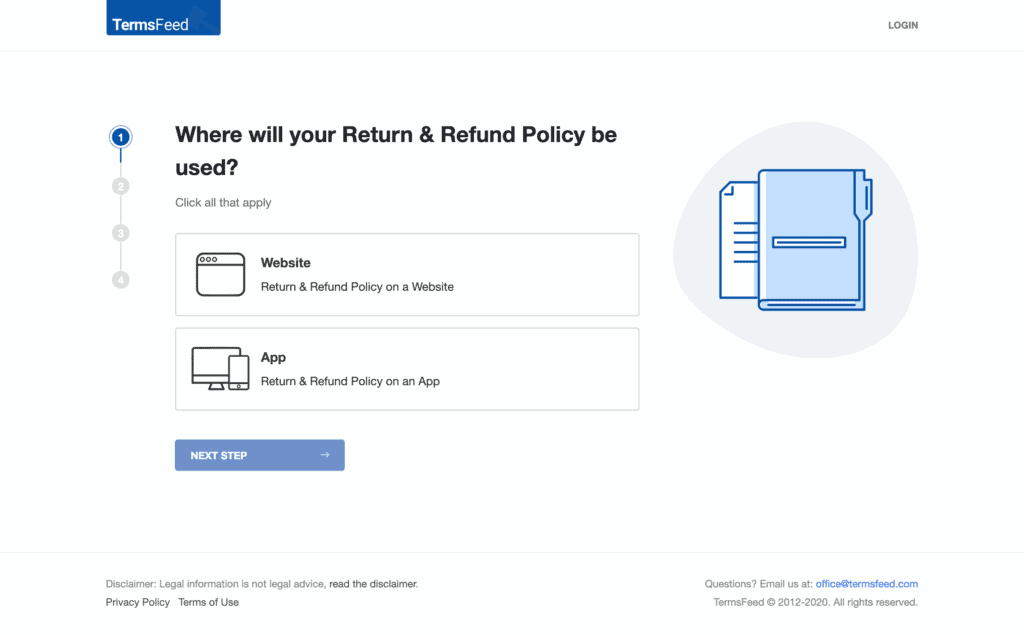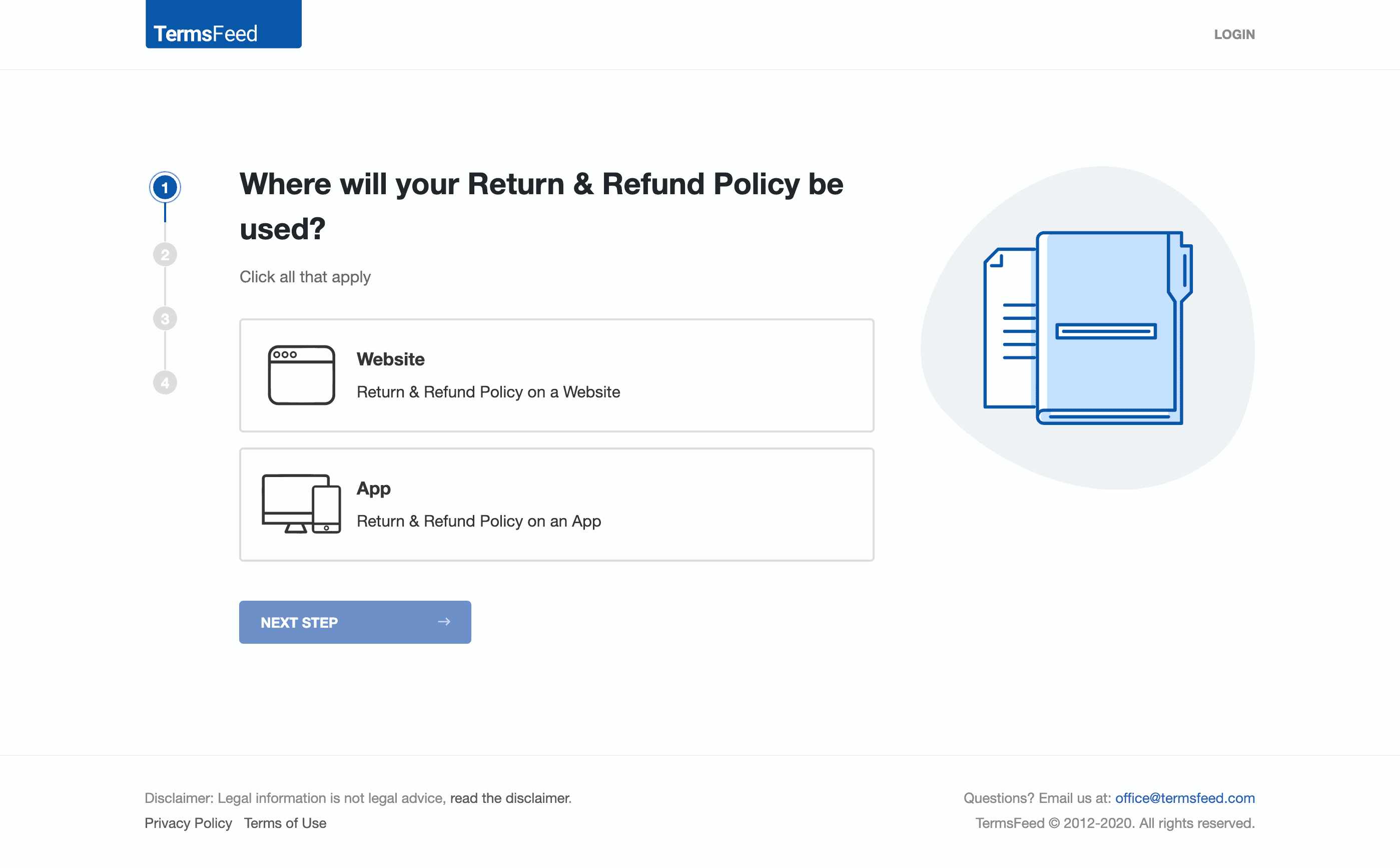What is a Returns or Refund Policy?
A returns policy is a statement which stipulates under which circumstances a retailer is willing to accept previously purchased products returned by the customer and under which conditions a refund or exchange will be issued.
Whilst someone online businesses just want to bury their heads in the sand (and their returns policy with it) and don’t want to deal with the cost and logistics of returns and others make it a rather difficult and lengthy process, a good returns policy can work in the retailers favour and result in returning customers. Studies have shown that, if a return or exchange is successful, the majority of people would make a repeat purchase with the online store. Historically, money back guarantees have been used by businesses as a marketing tactic.

A Clear and Concise Policy
Having a returns policy that is clear and concise offers consumers a feeling of security and instills a sense of confidence in the brand and the quality of its products; Without this guarantee, consumers often become suspicious that the product they are purchasing won’t live up to their expectations or what they’ve been led to believe (through the product description or images shown) and so, therefore, avoid buying the product altogether.
According to a study carried out by UPS, if a returns policy proves to be rather ambiguous, and this could simply be not enough information provided or information overload, a customer will not hesitate to abandon their cart and shop elsewhere. Therefore, easy to comprehend, step-by-step instructions on how to complete a return, what is required from the customer e.g. a receipt or proof of transaction, as well as a list of what is provided, like return postage, labelling etc. will prove to be fruitful.
Positioning of Returns Policy on the Site
Make sure that your returns policy is not only clear and concise but also easy to find on the website. Do not be tempted to bury it deep on your website in the hope that ‘out of sight, out of mind’. In the event that customers can’t find it, they’ll likely abandon the shop altogether.
Favourable places to link to the returns policy and process from are the homepage, within the shopping cart, in the customer service section as well the shipping section (sticky links that buyers can reach from any page on a site are also favourable). By making the returns policy as accessible as possible, will avoid the likelihood of shoppers having to go back (and risk getting lost or leaving the site completely) to look for it.
Making the policy visible and easy to find is one thing but why not take it one step further and communicate it to customers in additional ways like inserting instructions on how to proceed with returns into packing slips or adding it to an order confirmation email. This will reiterate a company’s product guarantee but also boost confidence in shoppers.
Establish an Easy Process
With so much competition out there, the power is truly in the consumer’s hands. It is in an online retailer’s favour to provide a streamlined, hassle-free returns process from start to finish that won’t deter shoppers from coming back. Loyalty can be earned by providing an easy, pleasant experience even if a product or service did not quite meet the customer’s expectations.
Automating the process as much as possible will improve the customer experience. Many online retailers require shoppers to download and print off labels for returns (and will more often than not require prior returns authorisation from the merchant) and whilst this is a step in the right way in terms of automation, it still requires steps to be taken from the customer and can, therefore, be seen as an inconvenience (especially if they do not have access to a printer at home or work).
The easiest way round this is for online retailers to print return labels at their end and to include them with the orders they send out. This removes extra steps and inconvenience for the customer thus potentially improving the customer experience. And for those online retailers that don’t already offer free in-store returns, they should.
Returns and exchanges are essential for building valuable, long-term customer relationships especially for ecommerce sites where it is not possible for the customer to inspect the physical product prior to buying. Not only will a good, easy to understand the policy, with a hassle free process, strengthen the relationship and foster loyalty, it will also strengthen sales by boosting a customer’s confidence in the brand and its products. A pleasant returns experience will ensure that customer keep on returning
You may also be interested in:


